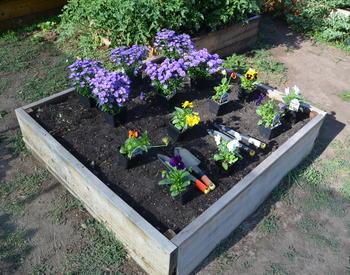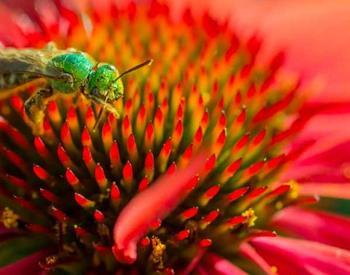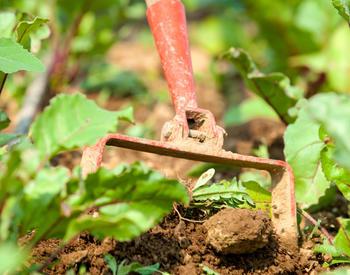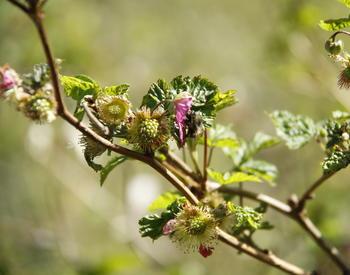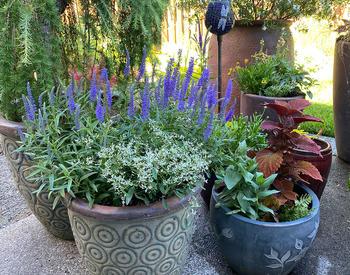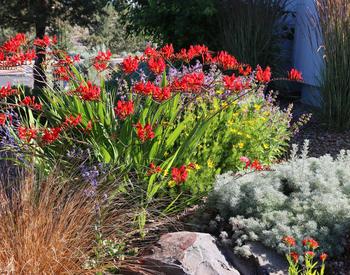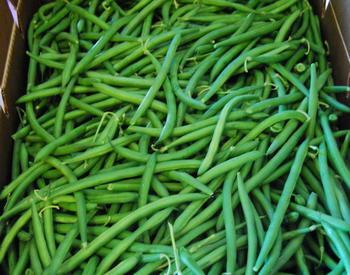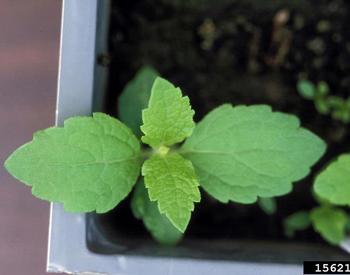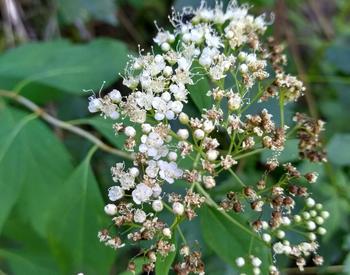When winter approaches, it's time to decide whether overwintering is worthwhile for tender plants that won’t survive a freeze.
For larger plants, overwintering provides an advantage the following growing season, when larger root systems enable plants to regenerate more quickly. It’s also a way to preserve plants that have special meaning, such as grandma’s favorite geraniums. Often, the plants we overwinter are perennial in warmer climates but must be grown as annuals in cooler areas of Oregon.
Overwintering usually provides a pretty good return on the time and space investment, but it’s not a one-size-fits-all proposition. Some plants can be virtually forgotten over the winter and still perform well the following spring, while others need a little winter TLC.
Peppers
Several local gardeners have experimented with overwintering peppers, taking a cue from commercial pepper and tomato greenhouses. Here, the plants can be kept in “stasis” — alive, but not doing much active growing — in temperatures from 40°–55°F. (Even at temperatures above 55°F, our winter days are too short to ripen fruit and there are no pollinators: the goal is just keeping the plants alive). A greenhouse isn’t necessary: plants that have been grown in containers can be cut back, kept in a garage under a grow light, and moved back outdoors in late spring.
Lemongrass
This favorite for cooking and flavoring is very tender and doesn’t survive temps below 40°F. Lemongrass will be dormant in its overwintering state unless grown in the brightest of heated greenhouses: there won’t be any to use in the winter months, but the roots can be kept alive. The 50°–60°F range is considered an ideal overwintering temperature for this plant. Some references suggest dividing the plant into multiples, and potting each of these individually for overwintering. This seems like a good way to use up more space than is necessary for overwintering plants.
Herbs
A variety of herbs like chives, mints and cilantro can be successfully overwintered indoors. If intense-enough growing lights are provided, some of these can even produce enough growth to be used a few times over the course of the winter. Parsley and cilantro can be overwintered indoors if container-grown: their taproots make successful transplant from the ground unlikely. An indoor grow light with the light spectrum for foliage growth increases the indoor “harvest.” Herbs without enough light usually become stretched, leggy and pale.
Geraniums
More flexible in overwintering needs than most plants — some gardeners just bring the potted geraniums indoors, give them a hard prune, and stick them in a sunny window. Some geraniums respond well to cutting and rooting so that a gardener has smaller plants to nurture over the winter months.
Keep in mind that patented varieties of plants should not be propagated in this way — it’s actually illegal. Check your plant’s tag for the patent symbol and small print.
Another option for geraniums is to pull them from the ground/soil, hard prune, shake off all excess dirt, and wrap them in newspaper. Bare-rooted geraniums can be stored in the 35°–45°F range for several months. This method is only reliable if you have the right spot for this type of storage.
Citrus
A surprising number of Oregon gardeners try growing citrus trees. Samples of limes, lemons, mandarins, and even a yuzu have been brought into the Extension plant clinic, often with scale insect issues. Overwintering citrus trees is a longstanding tradition — giving us the orangery (also spelled orangerie), a special greenhouse-like structure for overwintering trees.
Citrus trees are hardy to about freezing, so heating to high temperatures is not necessary to keep trees alive over winter. If the tree has been outdoors and will be brought inside for the winter, it’s advisable to move it to a shady spot for a few weeks first to transition it. If this acclimation doesn’t occur, it’s common for trees to shed a lot of leaves after being brought indoors.
Trees will need to be watered in the winter months, but far less than during the growing season. When the plants bloom, supplemental humidity is often necessary indoors. If the blooms dry up and fall off too soon, there will not be any fruit.
Overwintering is a valuable strategy for some gardeners to use as an offset against short growing seasons. Other plants that gardeners might try overwintering include some of the popular succulents on the market, fuchsia, coleus, allamanda and hibiscus. Regardless of what overwintering technique is used, water should be cut back severely, and fertilizing should wait till spring.

